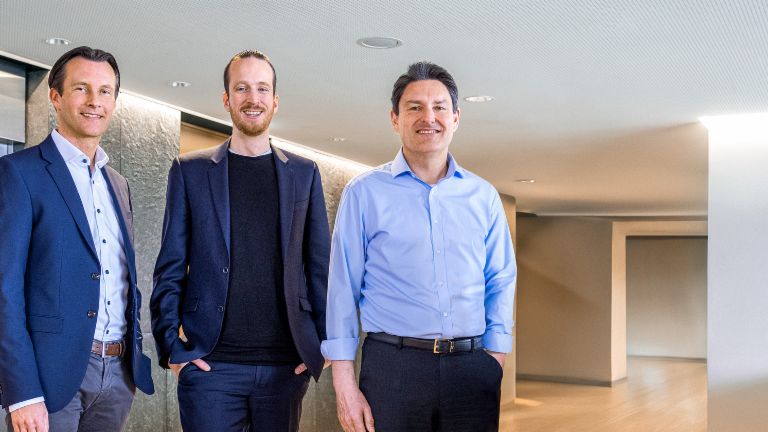Artificial intelligence and behavioral economics: Data with soul
Behavioral scientists know that people don’t always make decisions rationally, but they are often predictable if you know what makes them tick. Companies are now using these insights in AI systems. What does that mean for business?
- Using artificial intelligence, companies can apply insights from behavioral economics to customer communication.
- Although AI technologies are already being used in the debt collection and insurance sectors they are still in their infancy.
Every day, we make conscious or unconscious decisions. Behavioral economics tries to explain how and why we do something. Companies that understand the patterns of their customers’ behavior gain a lot of benefits. Although people generally do not act rationally but illogically or emotionally, experiments from behavioral economics teach us that decisions do follow clear patterns and are absolutely predictable. Using AI, these insights can be analyzed and in the debt collection segment, applied systematically to defaulting payers, for example.
AI research: Achieving objectives by appealing to morality and ethics.
Here’s an example: Are defaulting payers more likely to be persuaded to pay by appealing to their morality and ethics rather than sending them a no-nonsense reminder letter? This is precisely what was tested by an Indonesian bank in a field study. The researchers sent defaulting credit card customers a reminder letter one day after the payment deadline. Before the expiry of a further grace period, the customers from the test group received another letter. However, this letter contained an Islamic saying about the immorality of not paying your debts if you are able to do so. The results indicated that appealing to morals increased the repayment rate by 20 percent. At the same time, a control group was sent a normal letter to which there was no response. The researchers also found that consumers responded more strongly to an appeal to their morals than to a proposed reduction in repayment installments, for example.

We have to offer defaulting payers the prospect of a solution.
Artificial intelligence knows which communication channel will work.
To address defaulting payers in the most efficient way, companies have to approach them differently. One option is to combine digital communication channels with proven approaches from behavioral science and a data-driven algorithm. Using a fully automated approach tailored to the specific consumer will ultimately be more successful. The company evaluates the situation at the level of the individual and in doing so achieves higher repayment rates. “It is important for debt collection companies to encourage people to settle their debts,” explains Jörg Schweda, Managing Director at EOS Deutscher Inkasso-Dienst. “We have to offer defaulting payers the prospect of a solution.”
A developing technology with good future prospects.
The example of “InsurTechs” shows how complicated it is to combine behavioral science and data-powered algorithms. Online insurers like Lemonade or Oscar market themselves on the basis that they pay out insured amounts quickly in the event of a claim thanks to artificial intelligence (AI) and clever algorithms. The underlying idea is certainly consumer-friendly, as customers can take out the insurance cheaply with just a few clicks on the app or website. The process of obtaining insurance runs almost completely via AI bots. Supposedly, any claims are settled in just a few seconds, and this includes checking, decision-making and payout. But who knows whether insurance fraud isn’t involved in some cases? “One of the things that we still haven’t sorted out is our loss ratio, which is still in the red and about 60 percent higher than we would like,” Lemonade founder Shai Wininger explains in his blog.
Human-machine interaction.
Human-machine interaction is regarded as the key factor in staying ahead of the competition. The availability of huge volumes of data allows self-learning algorithms to massively improve the accuracy of their predictions. Given the right data, AI systems can then automate and scale up. However this is only possible if the tools from the behavioral economics toolbox are used in a targeted way. AI needs to be integrated to an even greater extent into the consumer environment with all its emotional responses, specific needs and consumption motives. Ideally, companies will then generate “data with soul”.
Photo credits: E+ / Getty Images, EOS
Explore more insights from EOS



